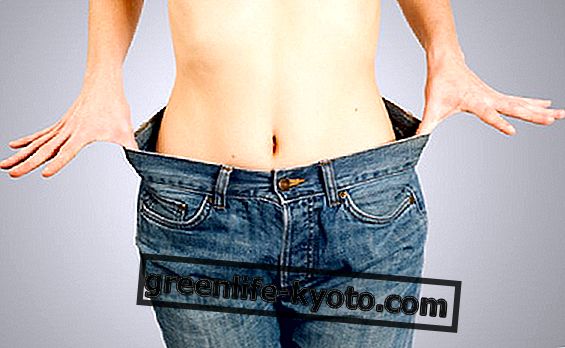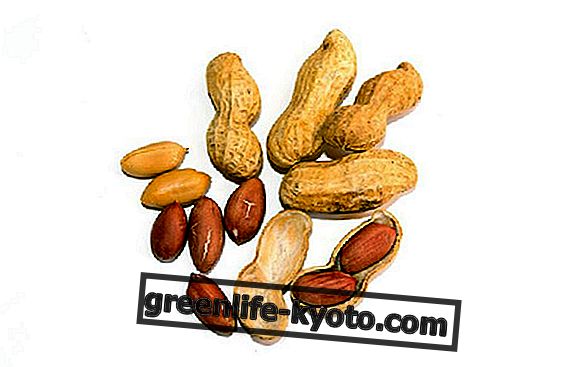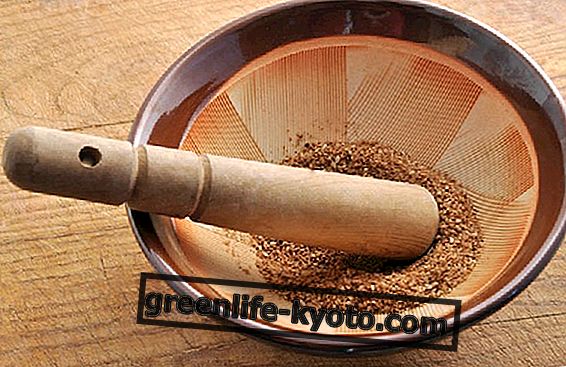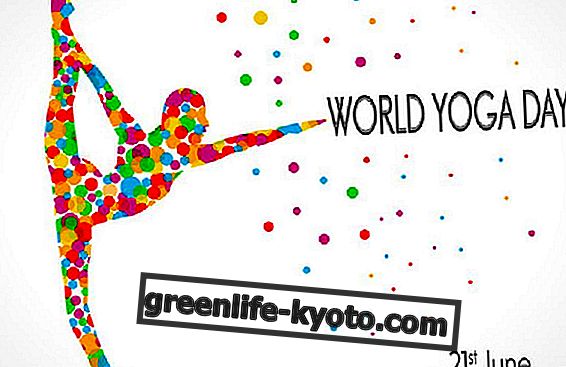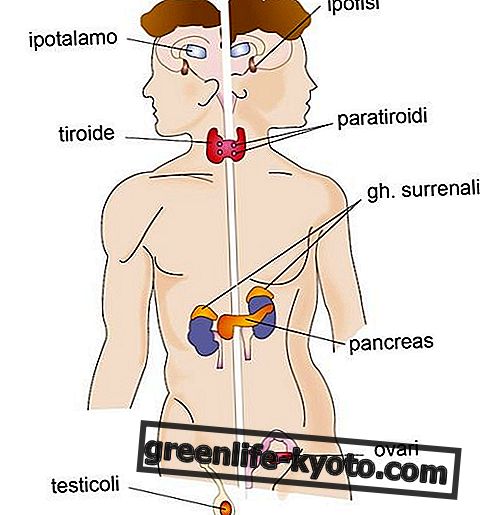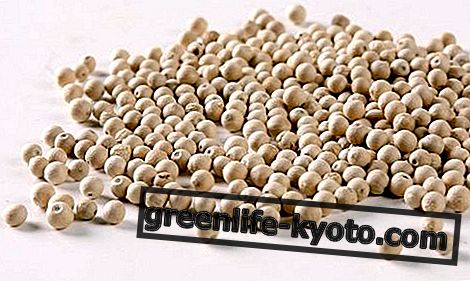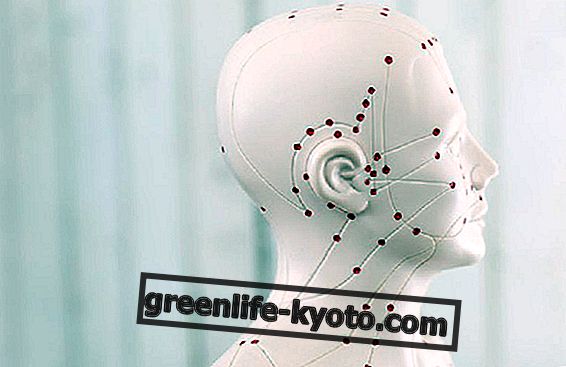
Observing an acupuncture atlas on which the meridians of traditional Chinese medicine are reported, one finds oneself in front of an intricate network of intersecting lines and points, which have their own development, which develop over the whole body.
The meridians of traditional Chinese medicine
In traditional Chinese medicine Qi flows through the energy channels: the breath of life: represented with two ideograms one above the other.
The lower ideogram to represent Qi is the grain of rice, and the upper one identifies the vapors that are released from it.
Intuitively two interpretations of this ideogram can be given: a more material one, represented by the essential nourishment that is rice, and a more subtle and impalpable one that is constituted by the vapors released by it. For this the translation "vital energy" that is often given of the term Qi .
The main channels of traditional Chinese medicine are twelve, coupled according to belonging to one of the five movements.
Usually they are double and unfold on both sides of the body, right and left, symmetrically. These channels are then joined by the two channels Ren Mai and Du Mai, which run through the body centrally and are single
The position of each meridian is closely linked, in addition to the single organ from which the energy channel takes its name, also to the anatomical position it covers.
The meridians that run through the head
The main meridians that run through the head are:
stomach : it is located on the lateral side of the face, starts below the center line of the eye, descends straight on the cheek up to the corner of the mouth and then goes up again in a branch along the jaw and the cheekbone up to the hairline on the forehead, tracing an elongated U-shaped semicircle (from stomach 1 to stomach 8). The canal then descends again on the neck to continue on the back and on the abdomen in the front part of the body up to the feet;
small intestine : the canal begins with the first point on the little finger and goes up again on the arm up to the neck and head. Its location on the face has two points: small intestine 18 on the cheek, in the intersection of two lines starting from the outer corner of the nose towards the ear and from the outer corner of the eye towards the mouth. Here the canal of the small intestine joins that of the triple heater;
large intestine : starts from the index of the hand and along the whole arm rises on the shoulder, on the neck and ends on the face, below and to the side of the nose;
bladder : part of the junction of the nose, in line with the internal connection of the eyelids and rising vertically on the forehead. In the area where there is the hairline, the canal widens outwards by the size of a thumb (one and a half zun) and goes along the skull going down the neck;
triple heater : it starts from the ring finger and moves from the arm behind the ear, following its curve on the skull, bringing itself to the face up to the outer corner of the eye;
gall bladder : the gall bladder channel on the head starts from the outer corner of the eye, descends towards the ear towards the lobe, rising laterally up to the hairline and from which it traces a spiral on the lateral part of the head, returning first anteriorly towards the forehead and then back towards the neck and then down to the feet.
There is also stretching of the meridians: here are the exercises
Some points of treatment of the meridians that run through the head
Placing exactly all the points that belong to these channels and treating them through moxa or acupressure involves a thorough knowledge of traditional Chinese medicine.
Almost all of them are pressed during a head and face massage .
However, there are specific points that can be used for particular problems related to localized disorders and concerning sense organs or painful symptoms of the areas they cover. I mention some that can be used for mild symptomatic manifestations.
sinusitis : the points of the bladder at the inner corner of the eye and at the inner corner of the eyebrows when pressed gently and maintaining the pressure can be useful in case of nasal congestion. If the treatment is prolonged and repeated it can give relief in case of sinusitis of various nature;
epistaxis : the stomach point 3, which is located on the vertical line drawn from the center of the pupil up to the lower level of the nostril, allows to calm slight epistaxis; the point of large intestine 20, next to the nostril wing, has the same function;
toothache : as with epistaxis the stomach point 3 and the large intestine points 19 and 20 relieve the pain caused by toothache, especially in the case of toothache with muscular tension. Treatment of stomach points on the mandible and on the side of the ears is also useful;
cold : all the points placed around the nose and forehead, useful for the treatment of sinusitis and epistaxis, are equally useful in case of colds and nasal congestion;
earaches : the points around and behind the ear belonging to the channels listed above can alleviate ear pain and mandibular tension;
cervicalgie : it is possible to treat the symptoms related to cervicalgia and dissolve the stiffness deriving from treating the points of the gall bladder and the bladder which are located at the base of the nape, where the muscle engages on the lower part of the bones of the skull;
headache : all points of the bladder channel that run through the skull and those of the gall bladder serve, if treated with light and respectful pressure, to calm mild and persistent headaches.
The treatment and self-treatment of acupuncture points cannot replace, in any case, for serious or persistent pathologies, the intervention by medical professionals, be it natural or allopathic.

